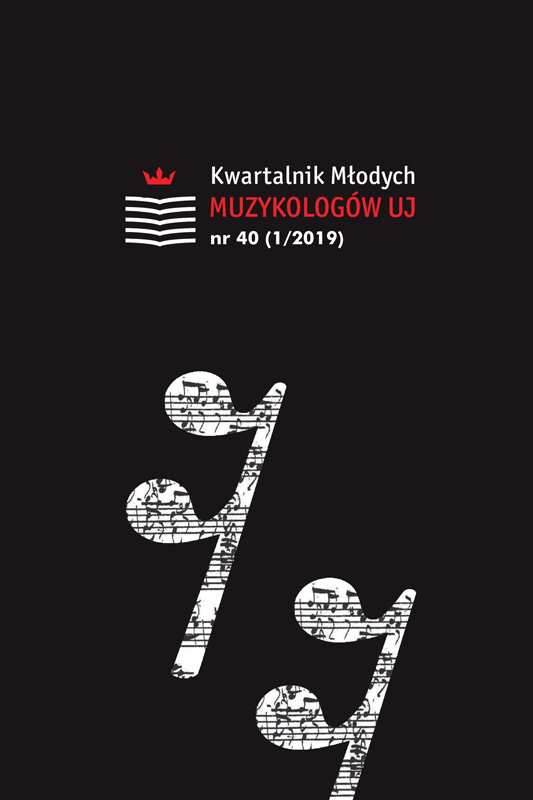Język muzyczny Eugeniusza Morawskiego na przykładzie baletów Miłość i Świtezianka
The Musical Language of Eugeniusz Morawski as Exemplified by the Ballets Miłość and Świtezianka
Author(s): Oskar ŁapetaSubject(s): History, Theatre, Dance, Performing Arts, Fine Arts / Performing Arts, Music, Recent History (1900 till today)
Published by: Koło Naukowe Studentów Muzykologii UJ
Keywords: Eugeniusz Morawski;ballet music;Miłość;Świtezianka;
Summary/Abstract: Two of Morawski’s preserved complete ballet scores – Miłość (Love) and Świtezianka (The Maid of Lake Świteź), are representing a relatively late stage of his career as a composer, especially compared to his preserved symphonic poems (Don Quichotte, Nevermore and Ulalume). Miłość was written between 1925 and 1928. Libretto was written by the painter, theatre critic and scenic designer Franciszek Siedlecki. It is Morawski’s longest preserved composition – its estimated duration is about 3 hours. It is a score for a large orchestra supported by organ and choir. The work is divided according to the 19th-century ballet-divertissement. It is set in four parts, representing different locations (the world of machines, the sphere of the planets, the world of eternal love and Earth), and each part is divided into scenes and further dance numbers. Miłość was never presented on stage, but some portions of the work were shown at concerts. Świtezianka was written ca 1922. It is a much shorter work – its duration is about 35 minutes. Libretto was written by the composer himself. The plot of the ballet is a love triangle between a girl, a lumberjack and a knight. It is to represent a fantastic vision of pagan Slavic world in which reality and supernatural are mixed together. Świtezianka was staged in 1931 in Warsaw and was the biggest success in Morawski’s career, bringing him the State Prize for Musical Achievements in 1933. Since then it was staged three times – in 1960, 1962 and 2017, each time bringing reviews full of admiration and respect. Both ballets show Morawski as a composer fully aware of the 20th-century trends and techniques. His musical language in these works resembles Bartók, Ravel, Prokofiev and Stravinsky. They are masterly orchestrated with acute sense of orchestral timbre and with extensive use of percussion and brass sections. Morawski uses polytonality and polymetrics, underlines sharp rhythms and uses scales unfamiliar to traditional tonal system – pentatonic scale, whole tone scale and modal scale. These traits show Morawski as one of the most interesting and unjustly neglected Polish composers of the first half of the 20th century.
Journal: Kwartalnik Młodych Muzykologów UJ
- Issue Year: 2019
- Issue No: 01 (40)
- Page Range: 27-73
- Page Count: 47
- Language: Polish

